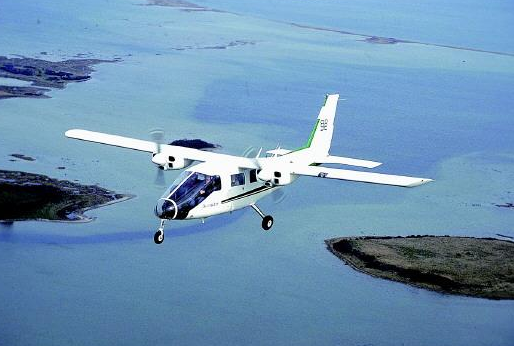
27 Oct, 2015
China opens up 30% of its low-altitude airspace
Beijing, (Global Times) October 19, 2015 – China has opened over a third of its low-altitude airspace, which had been fully controlled, amid the country’s continuing efforts to maximize low-altitude airspace resources.
 Global Times / People’s Daily File Photo |
Control over about 33 percent of the low-altitude airspace has been relaxed, said Cai Jun, a senior airspace regulator at the 4th China International General Aviation Convention in Xi’an, Northwest China’s Shaanxi Province, Xi’an Evening News reported on Sunday.
China’s low-altitude airspace, normally below 1,000 meters, is managed by a commission from China’s Central Military Commission and the State Council, according to a 2014 regulation on low-altitude airspace issued by the commission.
CAAC’s deputy director Wang Zhi-qing previously suggested opening up the airspace altitude to 3,000 meters, the same standard as the US, the Beijing Times reported in April.
The airspace will be divided into three areas – controlled, monitored and areas where aircraft can fly freely after reporting flight plans in advance.
China’s airspace reform would optimize resources and safeguard flight safety, news site chinanews.com quoted Geng Yansheng, former spokesman of China’s Ministry of National Defense, as saying in July 2014.
The low-altitude airspace was strictly regulated for many reasons, including national security, experts said.
Relaxing the use of low-altitude airspace can trigger investments in the aviation industry, providing more employment opportunities which would drive economic growth, experts said, adding that tourism and emergency relief will also be developed, as these two sectors have the most number of aircraft flying at low altitudes.
A total of 89 projects worth 31 billion yuan ($4.8 billion) were signed during the convention, benefiting manufacturing, financing, consulting, and the infrastructure of the aviation industry, news site cri.cn reported on Sunday.
However, the significance of relaxing the use of airspace remains uncertain, as details of the plan remain undisclosed, Gao Yuanyang, director of the General Aviation Industry Research Center at Beihang University, told the Global Times on Sunday.
The plan to relax the use of airspace also needs to be carefully thought out since a sound surveillance system has not been established to monitor aircraft especially in developed and densely-populated cities, Ma Yuzhong, a former director of the general aviation department at Gome, a Chinese electronics retail giant, told the Global Times on Sunday.
The necessary infrastructure and facilities, including airports, need to be in place, said Ma, adding that government red tape should be cut to boost general aviation.
A lack of pilots capable of flying planes at low altitudes is also a problem, added Ma, saying many pilots were trained and used for military purposes.



Liked this article? Share it!